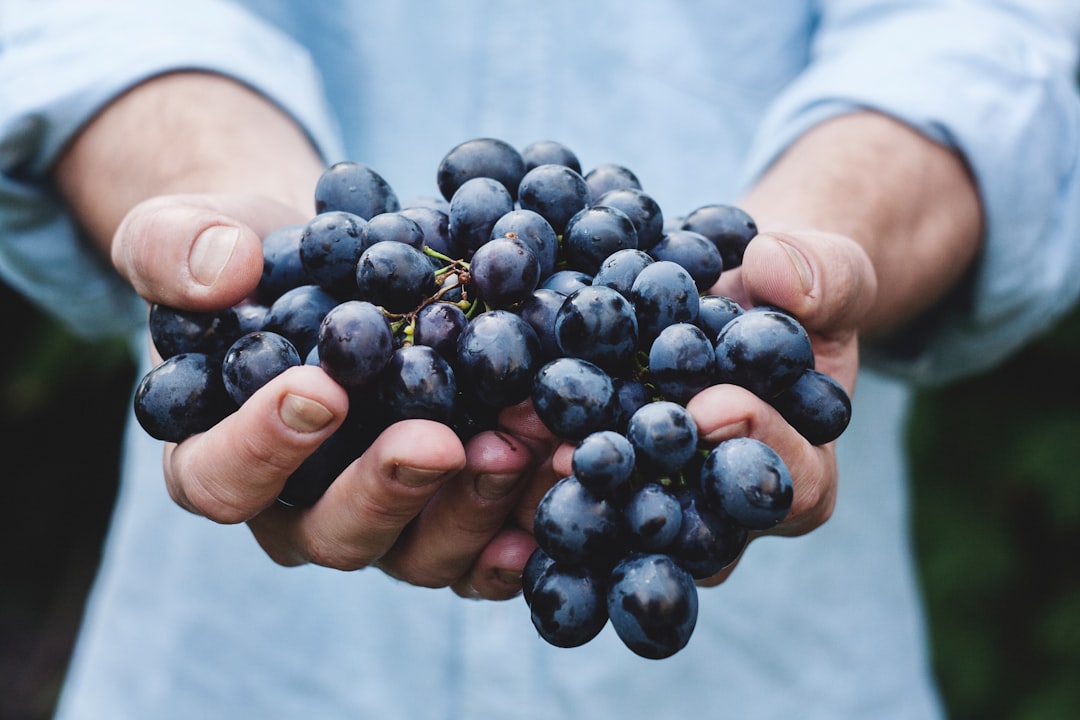From the dusty caravanserais of medieval Persia to the salons of Victorian England and beyond, the image of wine, the ecstasy of intoxication, and the conviviality of the tavern have become enduring metaphors in Persian verse. Two masters of this tradition—Omar Khayyam and Hafez of Shiraz—employ these symbols in ways that delight, provoke, and ultimately transcend the literal glass. In this post, we’ll explore how each poet uses wine, intoxication, and the tavern to weave together themes of pleasure, philosophical inquiry, and mystical union.
1. Historical and Cultural Context
Before diving into the verses, it’s worth recalling that medieval Persian society was richly cosmopolitan, borrowing imagery from Zoroastrian, pre‑Islamic health codes, Islamic theology, and local custom. Wine—as both a common social lubricant and a spiritually charged symbol—offered poets an ideal vehicle for layered meanings:
-
Literal reality: Persian vineyards were famed, and drinking was woven into social life.
-
Philosophical subtext: Debates raged over fate, free will, and the limits of knowledge.
-
Mystical allegory: Sufi orders used “wine” and “tavern” as metaphors for divine love and the beloved’s presence.
Against this backdrop, Khayyam and Hafez each crafted their own unique “wine lore.”
2. Omar Khayyam: Wine as Carpe Diem and Cosmic Puzzle
2.1 The Hedonistic Cup
In the Rubaiyat, Khayyam famously urges us to “fill the Cup, and in the fire of Spring / Your Winter garment of Repentance fling.” The suggestion is simple: life is fleeting, so seize its pleasures while you may.
2.2 Existential Intoxication
Yet Khayyam’s wine remains bound up with existential uncertainty. The same cup that offers joy also highlights our ignorance:
“The Moving Finger writes; and, having writ,
Moves on: nor all thy Piety nor Wit
Shall lure it back to cancel half a Line,
Nor all thy Tears wash out a Word of it.”
Here, the tavern’s revelry coexists with the sober realization that destiny (or time) is irreversible—drinking is both an embrace of life’s sweetness and an acknowledgment of its tragic limits.
2.3 Philosophical Ambiguity
Khayyam never settles neatly between hedonism and despair. His “wine” can be a challenge to rigid moral codes or a toast to cosmic mystery. Readers find in his quatrains a permission to question everything, even the spiritual elites who condemn earthly joy.
3. Hafez of Shiraz: Wine as Mystical Ecstasy
3.1 The Taverns of the Heart
In Hafez’s ghazals, taverns are more than physical places—they are inner sanctuaries. The cupbearer becomes a spiritual guide, pouring not fermented grape juice, but the “wine of remembrance” that intoxicates the lover’s heart with God.
“O cupbearer, pour me a cup of that wine which dissolves
All shame—so that I may stand unveiled before the Beloved.”
3.2 Layers of Meaning
Every reference to wine, tavern, or layla (night) can be read on multiple levels:
-
Literal: Celebration, sociability, and the pleasures of wine.
-
Moral: A cautionary wink at hypocrisy—those who forbid wine often indulge in greed or pride.
-
Mystical: The lover’s surrender (fanāʾ) in divine union (baqāʾ), where the self disperses in ecstasy.
3.3 The Art of Ambiguity
Hafez’s genius lies in the ghazal’s brevity and ellipticism. One couplet may simultaneously invite you to a clandestine tavern and to the threshold of enlightenment—allowing readers to taste both joy and gnosis in a single sip.
4. Contrasts and Convergences
| Aspect | Omar Khayyam | Hafez of Shiraz |
|---|---|---|
| Tone | Often skeptical, wry, philosophical | Lyrical, celebratory, mystical |
| Wine’s Function | Carpe diem & existential mirror | Ecstatic metaphor for Divine love |
| Tavern | Social venue tinged with futility | Inner heart-space; sanctuary of remembrance |
| Intoxication | Sensory delight & existential paradox | Spiritual ecstasy & annihilation of the self |
| Moral stance | Challenges asceticism but doesn’t prescribe path | Subtly rebukes hypocrisy; points toward union |
Despite their differences, both poets use these motifs to provoke reflection—on mortality, on hypocrisy, and on possibilities for transcendence.
5. Approaching the Symbols Today
-
Read with Dual Vision: Notice when “wine” feels like a literal invitation and when it shimmers with mystical undertones.
-
Journal Your Reactions: After each quatrain or ghazal, ask: Which reading felt most alive to me—sensual, philosophical, or spiritual?
-
Create a Personal Ritual: Brew a cup of tea or a non‑alcoholic “spiritual wine” (e.g., pomegranate juice) to mark moments of contemplative reading.
-
Share in Circle: Discuss a favorite poem with friends, exploring the layers you each perceive.
Conclusion
Wine, intoxication, and the tavern are more than charming Persian motifs—they are portals into questions of joy, purpose, and the divine. While Khayyam tilts the cup toward life’s irreducible mystery and fleeting delights, Hafez refines it into a vessel of sacred ecstasy. Together, they invite us to sip deeply—whether for the love of the moment, the quest for truth, or the longing of the soul.





